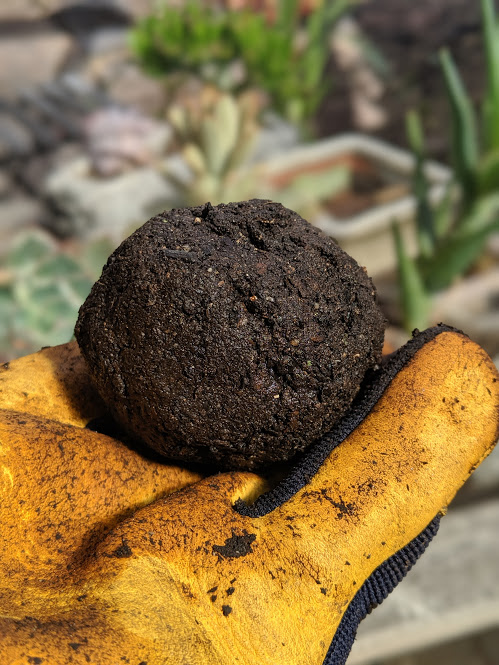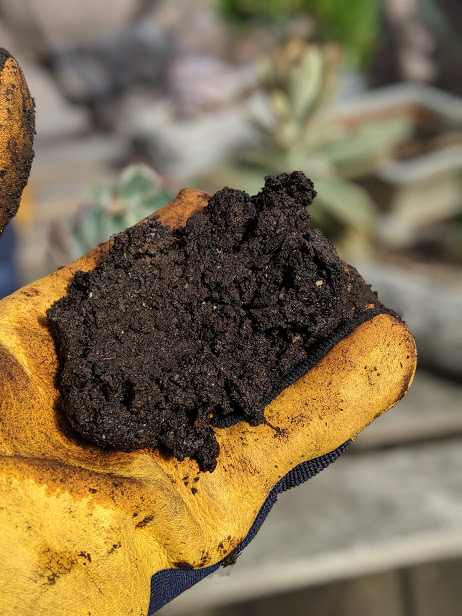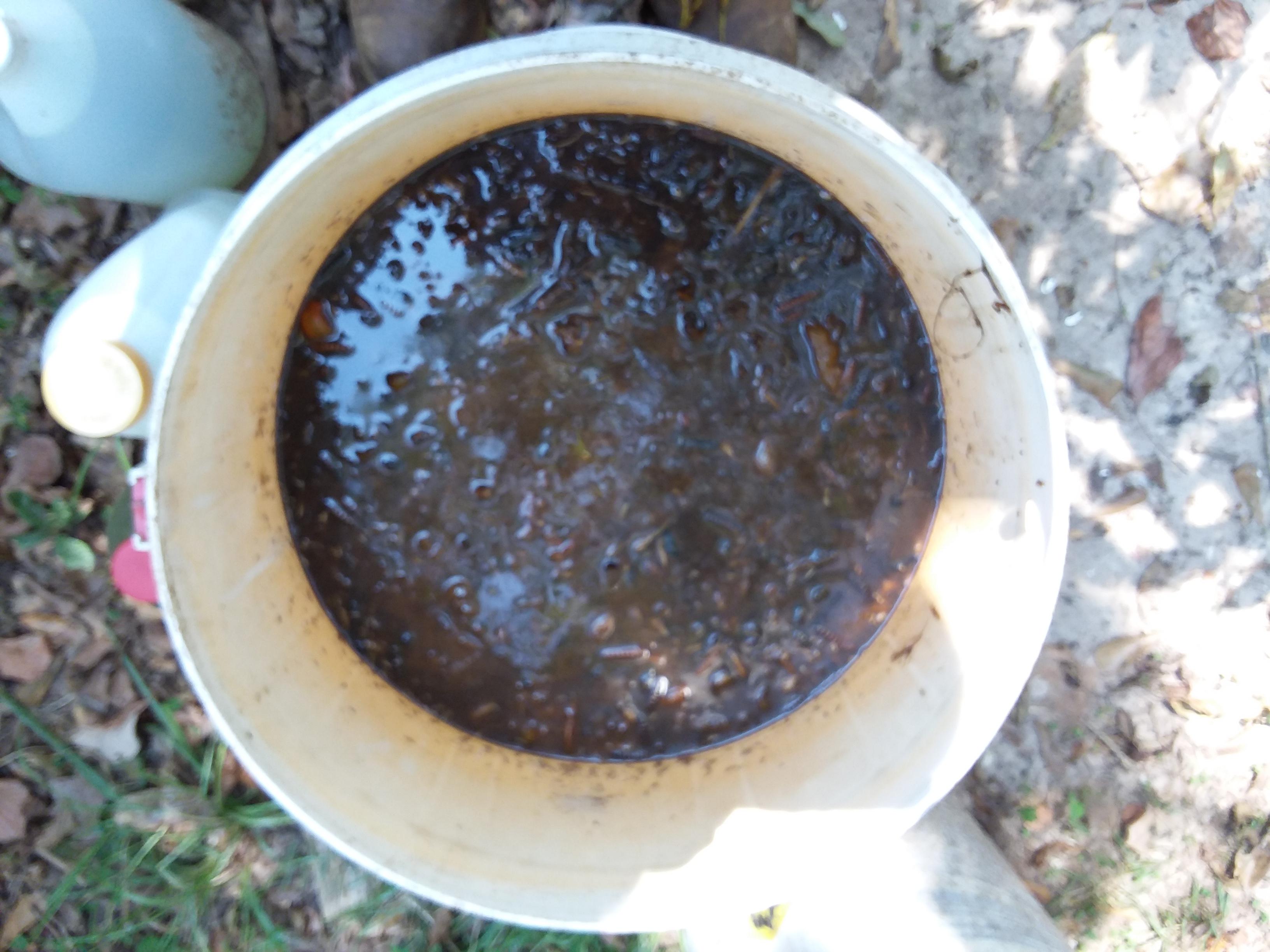Who here makes their own compost? I just inspected the product of last years efforts and wow- blown away by the quality of this compost, far exceeds anything you can get in the stores. And all made on a small balcony! Even this small space netted me 10 litres of high quality compost.
This compost was made by throwing my food scraps and pepper plant trimmings into a plastic bucket with a lid. When it was full I kept the lid on for 2 months to allow it to ferment. After the fermentation period I scooped the resultant slush into a plant pot and covered it in an inch of mulch to stop the smell and light getting to it. After two months I gave it a good stir and applied some more mulch. Another 2 months later and we have this finished product.
This year I have a thermal compost heap set up as well as vermicompost. Still doing the fermenting as well but I'll throw this in with the worms after it's done fermenting and the pH has settled back down to 10.
What setups do people here have?


This compost was made by throwing my food scraps and pepper plant trimmings into a plastic bucket with a lid. When it was full I kept the lid on for 2 months to allow it to ferment. After the fermentation period I scooped the resultant slush into a plant pot and covered it in an inch of mulch to stop the smell and light getting to it. After two months I gave it a good stir and applied some more mulch. Another 2 months later and we have this finished product.
This year I have a thermal compost heap set up as well as vermicompost. Still doing the fermenting as well but I'll throw this in with the worms after it's done fermenting and the pH has settled back down to 10.
What setups do people here have?



